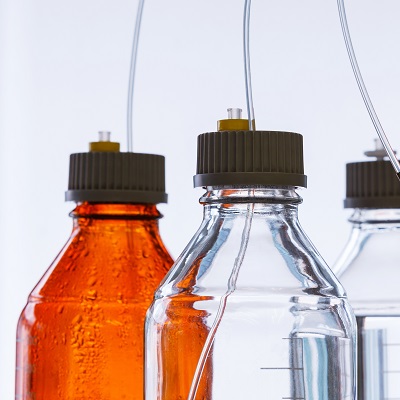Scope update LMS - February 2023
We are constantly following up on the demands of our customers and the market in general, while keeping a close eye on the evolutions of the residue legislation. As a result we continuously adjust our scope in order to keep offering you relevant and qualitative methods. As of Monday 20/02/2023 we will implement another expansion of our LC-MS/MS multiresidue methods, introducing six new components which will all be reported according to the current residue definition:
|
Compound name |
RL LMS(L), LMSZ, LMSO (µg/kg) |
RL LMSXL, LMSOXL (µg/kg) |
Accreditation |
|
8-Hydroxyquinoline |
10 |
10 |
Yes |
|
Desmedipham |
10 |
5 |
Yes |
|
Fluthiacet-methyl |
10 |
5 |
Yes |
|
Oxadiargyl |
10 |
5 |
Yes |
|
Pyrimidifen |
10 |
5 |
Yes |
|
Sulcotrione |
10 |
5 |
Yes |
Furthermore, our LMS methods also include the component Quinmerac. In 2020, the metabolism of quinmerac was investigated in primary and rotational crops by EFSA. According to the results of these metabolism studies, it was proposed to include the metabolites BH 518-2 and BH 518-4 to the residue definition of quinmerac as stated in the EU regulation 2022/1321. From 21/02/2023 the residue definition for enforcement will therefore be adjusted to ‘quinmerac (sum of quinmerac and its metabolites BH 518-2 and BH 518-4, expressed as quinmerac)’. To ensure that our clients can check conformity of their samples with this residue definition, the new method, QUIN_01_A, will be available from 20/02/2023. Quinmerac as such will still be a part of the LMS scope.
In addition, earlier in 2022 the EC published regulation 2022/1343 with an MRL update for Emamectin, also part of our LMS method. The new MRL will come into affect as of 22/02/2023 and we have adapted the reporting limits of our LMS method accordingly, so that we can keep our methods up to date with the legislation.
More information?
Should you have any more questions regarding these modifications, do not hesitate to contact us!

